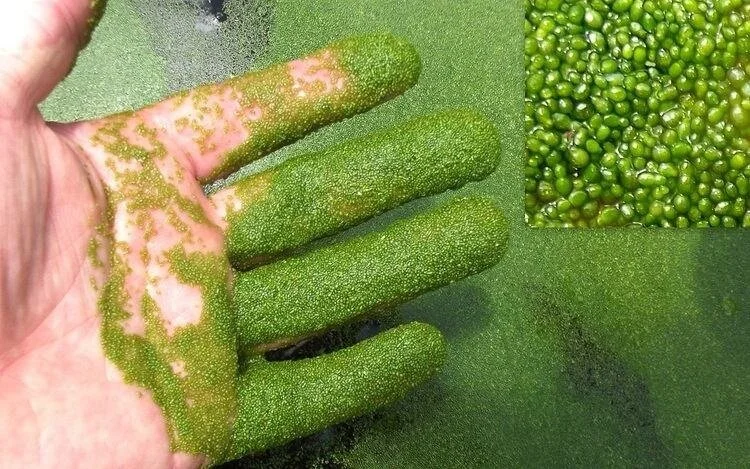The Dawn of Water Lentils- Exotic Green Plant that Packs a Punch
An ESG company within the Agri-Tech space, Founder of Sustainable Protein Foundation, Sven Kaufmann decided five years ago, after several successful technology company exits to change his strategy. Sven has attended the World Economic Forum (WEF) in Davos for the past four years and observed the movement from several companies to support the Sustainable Development Goals (SDG). He also realized that the food industry is moving towards a dead end. He now puts all his efforts in ventures being in the highest service for the planet.
Facts
70% more food is needed by 2050.
50% of the world’s habitable land is used for agriculture today.
70% of global freshwater resources are used for agriculture today.
The demand for more sources of protein & essential nutrients increases daily
Conversation with Sven Kaufmann
AV: Describe your background and how you came to discover water lentils?
SK: After spending 20 years of my life with disruptive technologies I realized our planet has more issues to solve instead of inventing the next Facebook or Tik Tok. Food security is the biggest topic in the next years and the demand for proteins in the next centuries. That’s why I decided to leave the old world and dedicate all my time to this project.
The catalyst was when it all started when I stopped eating meat and dairy products. I did not know where to get my proteins from. Soy and pea protein are unfortunately the biggest enemies for our planet. By coincidence, I found out about the ancient water lentil and I immediately fell in love with this plant. It is the smallest flowering plant on our planet with the highest amount of proteins, essential amino acids and Omega 3.
AV: How does the production water lentils compare to soy and pea protein? What are the advantages?
SK: The problem, especially with soy is that soy is used as food for livestock. The demand for meat is still unstoppable. So, more soy is needed. But there is no more agriculture land available, that’s why they burn down the amazon, for example. It is all because of growing more soy. The water lentil needs 10 times less water. And we can produce 10 to 15 times more protein from water lentils per one m2 compared to soy. Beside the key factor that we do not need agriculture land to grow the water lentil. The existing soy fields are dead, they need a lot of fertilizer to grow the plants. There is no more biodiversity. Peas are a little bit better, but they also have a terrible sustainability footprint. Without a solution for sustainable proteins our planet will suffer more and more.
AV: What are the ESG benefits of water lentil?
SK:I have never seen a project which supports 14 out of the 17 ESG goals. It is amazing to see on how many levels this tiny plant is able to affect our human species and the planet. For example, we will create jobs in the countries where normally in these areas it is really hard to find proper jobs. We solve the protein problem with our healthy protein. 95% of the water which the water lentil uses can be reused, this is a very important information, because water issues need to be addressed as well. We are also supporting woman with our venture.
AV: What are the returns for an institutional fund investing in water lentils?
SK:It depends on the size of the production plant. Investors can expect ROIs after 3 to 5 years. For example, a 250ha plant can produce more than 1.5 million USD per month.
The margins for soy are very small compared to the possible margins from the water lentil protein. Especially because we are creating the sustainable protein isolate. This is a colorless, odorless and tasteless powder which can be used in any kind of industry.
AV: Bali, Indonesia will be one of the test areas for the project. Where do you see the water lentil farms in other countries and how does this tie into your Foundation’s mission?
SK:We have inquiries from Egypt, Mozambique, Congo, Kenya and India. Our aim is to be in countries where we can support the local community and where is a demand for the SDGs. African countries are our priority when it comes to support people in need, don’t forget, people are still starving there. Ideally, the government provides the land and a loan to us to set up the plants. Sometimes we have also local investors who want to do something good for their country. They can make a lot of money with our sustainable protein, but money is not the driving force for this. That’s why we will include all the profits into a foundation. The foundation has the goal to make the sustainable protein accessible and affordable for everyone.

